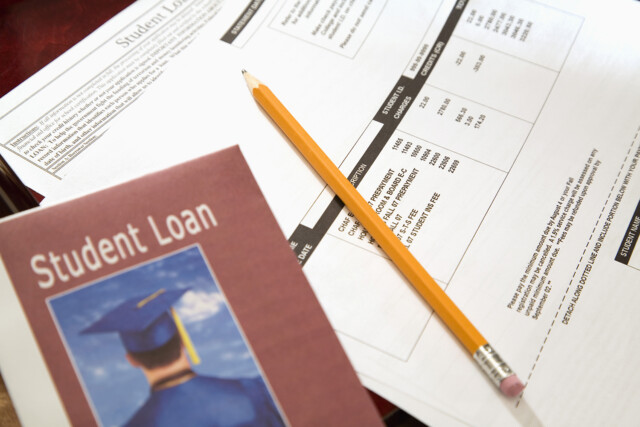AMERICAN student loan debt increased at a rate of 20 percent in the last ten years, leaving college graduates with hefty payments.
In the US, the student debt rate is growing by 7.8 percent every year, turning into a $1.7trillion crisis.
College graduates owe about $1.75trillion in student loans as of 2021
How many Americans have student loan debt?
The student loan debt in the US is a growing crisis, with college graduates owing a collective $1.75trillion in student loans.
As of 2022, there are an estimated 92.8million Americans who have student loan debt, according to Education Data.org.
Part of the reason why the debut is so high is because of inflation, which has increased the cost of college by 602.5 percent since 2000, according to the Education Data website.
Another issue weighing heavily on the student loan crisis is the degree one obtains.
In recent years, a Master’s Degree has now been considered to have taken the place of a Bachelor’s Degree, with more jobs requiring advanced education to be hired or promoted in a job.
For those 25 and older, about 13 percent moved on to receive their Master’s degree, resulting in an average of an additional $71,287 in student loan debt.
What has Joe Biden done about student loan debt?
Since taking office President Joe Biden has spoken about student loans several times.
He even went as far as pausing payments four different times to help ease Americans who were financially hurt during the Covid-19 pandemic.
However, he has yet to make a decision on the most recent pause, which is set to expire on September 1, 2022.
While many have proposed forgiving $50,000 per borrower, it has been reported that he is considering forgiving $10,000 per borrower, according to The Hill.
The Hill went on to note that since Biden took office, roughly 1.3million borrowers have seen $25billion in student debt forgiveness.
The cost of college has increased by 602.5 percent since 2000
Why has the cost of college increased so drastically?
At the start of the millennium, the average American who received their Bachelor’s Degree accrued a student loan debt of about $17,297, roughly $13,000 less than the average debt in 2021.
The student debt crisis took hold during the 2008-2009 recession, prompting students to cross the $1trillion threshold in student debt.
Since 2000, the nation has seen a 76 percent growth in student loan debt at the time of graduation.
Forbes reported last year that the tuition for a college education is a contender for the top spot for increasing in cost, only second behind hospital care.
College tuition has increased faster even than the cost of housing, child care, and medical services over the last twenty years.
As more students pursue a college education, the cost comes down to a supply and demand with more students taking out student loans in the hope it will benefit them long term.
Nicole Smith, a chief economist at the Georgetown University Center on Education and the Workforce spoke with CNBC last year to explain the reason for the general uptick in loans.
“People who went to school in the ’70s and the ’60s, they actually paid for college while working. They would take a summer job and they would pay their tuition,” she said.
“And by the time they graduated, they would be debt-free or just, a couple hundred dollars, a couple thousand dollars to get by, they pay that off in a couple of years and move on with their lives.”
She said in 2020, roughly 30 percent of students have gone into default on their student loans, are late in their payments, or have stopped making payments altogether.
The result is a delay in students crossing life milestones such as getting married, buying a house, and having children.
Smith said, “…If you view student loan debt as negative wealth, as money that could have been used to save for wealth or to purchase a home or to invest in the stock market to accumulate wealth, that potential wealth is now used to repay loans.”








